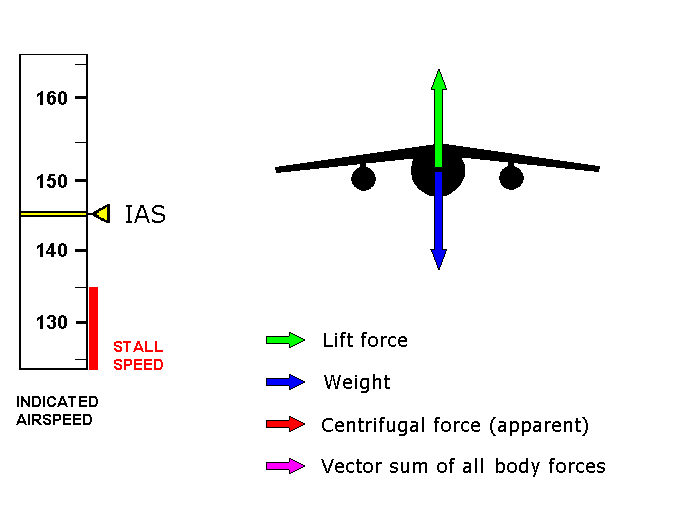I haven't watched the video, but keep in mind that to a first order approximation, lift is perpendicular to the airfoil.
In ordinary level flight or close to it, this causes the lift vector to have a significant vertical upwards component, which nicely offsets the force of gravity acting downwards on the aircraft's weight.
However, if the airfoil (in this case, wings) are fully vertical, then the lift generated by that airfoil becomes fully horizontal. The wings don't care about their angle to the ground; only about the movement through the surrounding air.
However, gravity still applies that same vertical force downwards.
Level flight (in any attitude) requires that there is a upwards vertical component to the lift vector, and that this component is the same as the downwards vertical force of gravity. If the two are unequal, the aircraft will climb or, in this case, descend.
With gravity still pulling the aircraft down, and lift acting horizontally (sideways), there is nothing left to maintain the aircraft's altitude, and the aircraft will do the proverbial drop from the sky. To recover you'd better hope you're able to level the aircraft at least somewhat, to get a bit of vertical lift out of the wings.
This, too, is why if we don't apply additional upwards lift in a turn, we'll lose altitude; the lift vector has a smaller vertical component (even though the absolute value of the lift vector is unchanged), but gravity doesn't relent, so gravity wins until we reestablish a balance between gravity and lift, typically by raising the nose a little.

